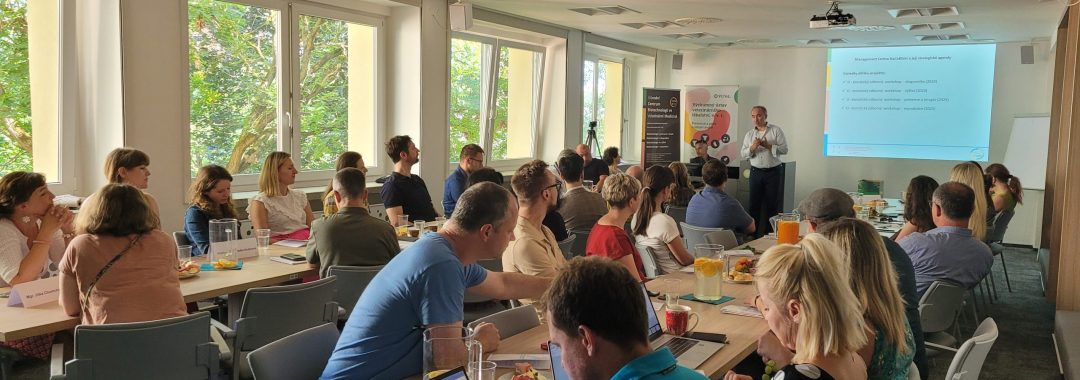Properly established diagnostic procedures are a prerequisite for understanding the current situation in individual herds as well as for implementing subsequent preventive or therapeutic measures. Despite significant technological and interpretative advancements in diagnostics over time, there remain areas that need improvement. The aim of the workshop was to discuss the formulation of new topics for strategic decision-making and for shared research and development projects. Representatives of regulatory authorities, researchers and developers, producers, and end-users attended the workshop.
The event took place within the framework of the National Centre for Biotechnology in Veterinary Medicine (NaCeBiVet) to define future directions in research and development in veterinary medicine, livestock industry and pet animal care. One way to identify the needs is to moderate an internal discussion among consortium members and other relevant interest groups. That is exactly what came to fruition on 25 June 2024 when, within the framework of the partial project titled the Centre Management and its Strategic Agenda, it took place in the Large Meeting Room of the Veterinary Research Institute.
The entire programme was structured into three panels. The legislative panel provided a summary of information on the legal framework for the approval of veterinary technical products, which include the diagnostics. This was followed by a presentation of the rules and recommendations of the World Organisation for Animal Health (WOAH) for diagnosing infectious diseases in animals. An important aspect for the entire area is that, unlike human medicine, veterinary legislation is harmonised at the European Union level. Therefore, the diagnostic methods for a relatively large number of diseases are specified centrally. The second panel focused on innovations in technologies applicable in diagnostics, which was appropriately complemented by the experience of end-users with the development process from inception to product launch in the market. In the third panel, which became part of the relating general discussion, current diagnostic possibilities in cattle, pig and fish farming were presented. The outcomes will be utilised to guide further directions of research and strategic activities of the Centre within both national and international contexts.


